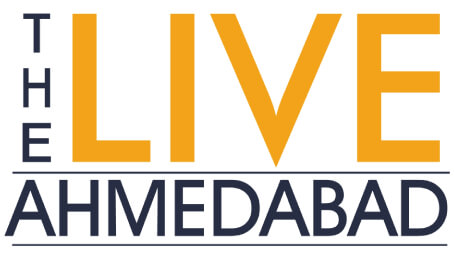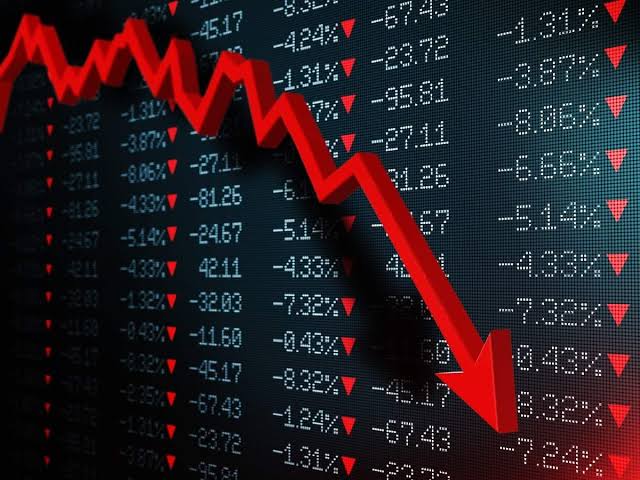New Delhi – India is witnessing a worrying surge in its subprime loan sector, with millions of families falling into a deepening debt trap. According to a recent Bloomberg report, based on multiple surveys, nearly 68% of borrowers are struggling to repay their loans—a trend that could spell trouble for investors and microfinance institutions operating in this space. The sector is currently valued at approximately $45 billion.
Subprime loans refer to loans given to individuals with poor or no credit history, often at higher interest rates. In India, these are primarily issued as microfinance loans, targeted at low-income households or informal workers who typically lack access to traditional banking services.
Bloomberg’s findings highlight that while financial inclusion remains a key goal, delinquencies in repayment are rising sharply. The percentage of loans overdue between 91 to 180 days has jumped from 0.8% in June 2023 to 3.3%currently—an alarming rise that indicates the situation may deteriorate further.
With 9 out of 10 Indians lacking formal employment, demand for small-ticket loans remains high. But the inability to repay is leading to severe consequences. Reports suggest that some borrowers are taking new loans to pay off existing ones, while others are being forced to withdraw their children from school due to financial stress.
Experts are now urging the Reserve Bank of India (RBI) to increase regulatory oversight of the microfinance sector. “Financial inclusion doesn’t just mean disbursing loans—it also means ensuring borrowers have the capacity to repay,” noted one economist.
Microfinance once relied on a group lending model, where collective responsibility ensured timely repayments. But this model began to break down during the COVID-19 pandemic, when social distancing norms disrupted group meetings. A Chennai-based policy research firm noted that borrowers have since realized they can avoid group pressure—undermining a system that once ensured discipline and mutual accountability.
As a result, individual borrowing has risen without the checks of peer accountability, eroding the foundational economics of microfinance. The model, which earned Muhammad Yunus the Nobel Peace Prize in 2006, is now under strain.
Adding to the complexity, the RBI in 2022 revised the definition of microfinance borrowers. Now, families earning up to Rs 3,00,000 annually (approximately $3,500) qualify for microfinance loans. The RBI also increased borrowing limits by 50% in urban areas, with an even higher threshold in rural regions. To curb excessive borrowing, it capped total loan repayments at 50% of the borrower’s monthly income.
Despite these measures, the Bloomberg report warns that without stronger monitoring and borrower education, the subprime loan issue could escalate into a broader financial challenge for India’s lending ecosystem.



